By: Corey Zeller, MSEA, CPC
In recent years, Congress has encouraged employers to adopt and expand the use of qualified retirement plans through various carrots and sticks. In this article we will talk about one of Congress’s favorite carrots—tax credits.
Startup Credit
An employer with no more than 100 employees can receive a credit of up to $5,000 for two years when they start a new plan. The dollar amount is reduced if the plan covers fewer than 20 employees, excluding highly compensated employees.
This credit is intended to reimburse the employer for costs involved in implementing the plan, and for participant education. For employers with no more than 50 employees, the credit is 100% of qualified startup costs; with 51-100 employees, it is 50% of qualified startup costs.
An employer is not eligible for this credit if they had any other qualified plan in the previous 3 years.
Employer Contribution Credit
An additional credit is available to reimburse the employer for matching contributions or other employer contributions made to a new plan, for the first 5 years. For employers with no more than 50 employees, the credit is equal to $1,000 (or the actual amount of contributions made to the employee, if less) per employee in the first year of the plan. If the employer has more than 50 employees, the credit is reduced by 2% per employee over 50, phasing out to zero at 100 employees.
In the second year, the credit is the same as in the first year. In year 3, the credit is 75% of the year one amount, in year 4 it is 50%, and in year 5 it is 25%.
Contributions made on behalf of employees with compensation above $100,000 are not eligible for this credit.
The employer may not take a deduction for the amount of the contributions to which this credit is applied.
Automatic Enrollment Credit
A credit of $500 per year for 3 years is available for sponsors which add an Eligible Automatic Contribution Arrangement (EACA) to their plans. This is a type of 401(k) automatic enrollment which requires that employees who are auto-enrolled be allowed to cancel their auto-enrollment and withdraw the amount that was contributed within 90 days.
This credit is only available to employers with no more than 100 employees. The credit is available for the first tax year in which the plan had the EACA feature, and the two subsequent tax years.
Most 401(k) plans which were first adopted in 2023 or later will be required to have the EACA feature by 2025. When you’re deciding when to comply with this requirement, don’t forget to take the credit into consideration!
Military Spouse Credit
An employer may receive a tax credit of up to $500 per year for 3 years for each military spouse covered under their defined contribution plan. This amount is $200 for each military spouse, plus the amount of employer contributions made on behalf of the military spouse, up to $300.
In order to be eligible for the credit, military spouses must be eligible to participate in the plan no later than 2 months after their date of hire. Upon entering the plan, they must be immediately eligible for the same (or greater) level of employer contributions that would be available to any other employee after 2 years of service. In addition, the employer contributions must be 100% vested.
An employee is considered to be a military spouse if they are married to an individual who is a member of the uniformed services serving on active duty as of the employee’s date of hire. The employer may rely on the employee’s certification of their spouse’s status, as long as the certification includes their spouse’s name, rank, and service branch. Highly compensated employees are excluded for purposes of this credit.
This credit is only available to employers with no more than 100 employees.
Lots of Credit
Taken together, there are substantial tax credits available to small employers who start or expand their qualified retirement plans. It can be tricky to comply with all of the requirements, but the benefits can be worth it.
If you are not sure if a certain credit might be available in your situation, please contact us—we would be happy to help you review the details. However, we may not be aware of all the facts of your particular tax situation, so it’s always important to involve your tax advisor and/or accountant in these discussions.
